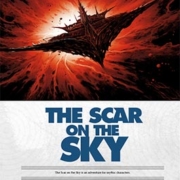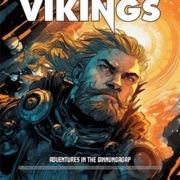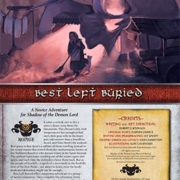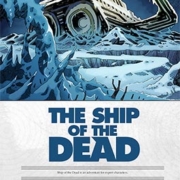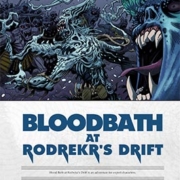Lawspeaker Krapti Thorfridson has obtained vital information about the mysterious crimson cross, but to ensure his silence, the Sons of Ivaldi have kidnapped him and taken him to a secure facility. The player characters must attempt a daring rescue and, if they can evade the enemy fleet, prepare for a journey on the hel-roads.
Find out the latest news and releases for Shadow of the Demon Lord and Godless from Schwalb Entertainment.
Armed with the Space Vikings expanded rules, you can drengiliga go where no Norseman has gone before!
Best Left Buried offers dangerous adventure to a group of novice characters. The undead have come crashing out of the wastes again and again, and each time the defenders throw them back. But as the people of Scarfell—a speck of a town built in the foothills west of the Iron Peaks—are about to learn, even the lands’ dedicated defenders might not be enough.
Blood Bath at Roðrekr’s Drift is an adventure for expert characters, the sixth chapter in the Thought & Memory Saga.

